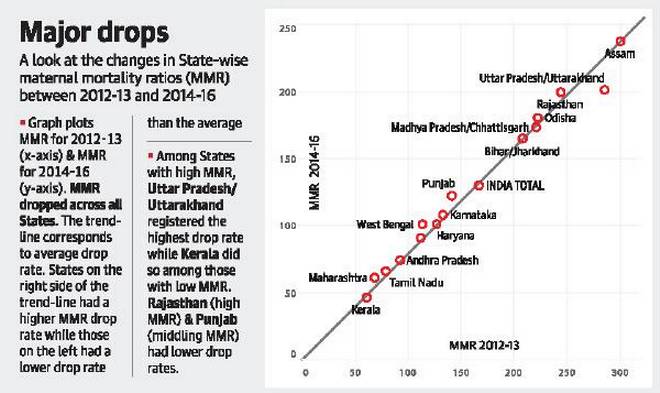7667766266
enquiry@shankarias.in
The Buddhas of Bamiyan

NIMAS expedition team to Mt Everest
Peace dividend
The Citizenship (Amendment) Bill, 2016
Maternal mortality ratio

IND-INDO CORPAT
Source: PIB, The Hindu